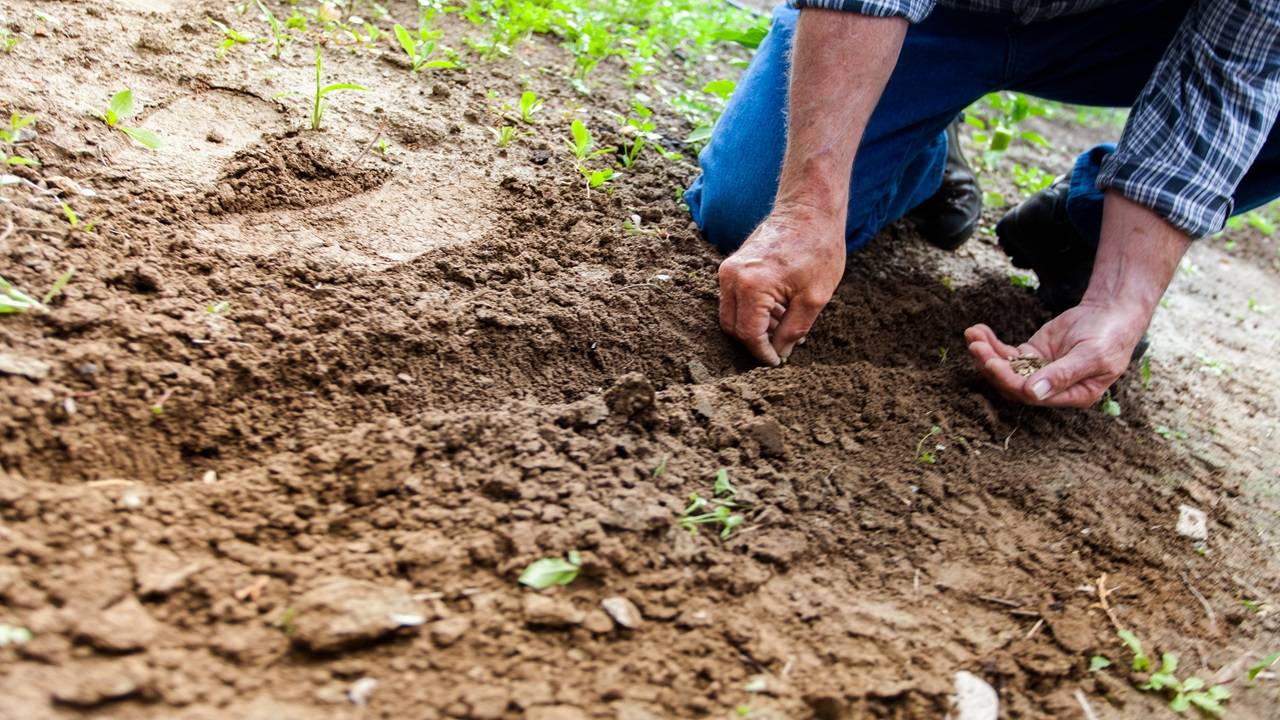
World Soil Day, observed annually on December 5, is a global initiative aimed at raising awareness about the importance of soil health and sustainable soil management.
This day serves as a reminder that the soil beneath our feet plays a crucial role in supporting life on Earth.
Soil, often referred to as the "silent foundation" of our planet, is home to a complex ecosystem of microorganisms, insects, and plant roots. It acts as a reservoir for water and nutrients, providing the essential support system for agriculture and biodiversity.
Unfortunately, over time, soil can become depleted and lose its fertility due to excessive use, improper farming practices, and environmental degradation.
Reviving Old Soil
Reviving old soil is not only an ecological necessity but also a practical approach to sustainable agriculture. Here are some creative and accessible ways to breathe new life into depleted soil:
-
Composting- Composting is a simple yet powerful technique to enrich soil. By collecting kitchen scraps, yard waste, and other organic materials, you can create nutrient-rich compost. Incorporating compost into old soil improves its structure, enhances water retention, and provides essential nutrients for plant growth.
-
Crop Rotation- Continuous cultivation of the same crops can deplete specific nutrients in the soil. Implementing a crop rotation strategy helps replenish nutrients naturally. Different plants have varying nutrient needs, and by rotating crops, you can restore the balance of essential elements in the soil.
-
Cover Cropping- Cover crops, such as legumes and clover, not only protect the soil from erosion but also contribute to its fertility. These plants have the remarkable ability to fix nitrogen in the soil, acting as a natural fertilizer. Integrating cover crops into your gardening or farming routine is a sustainable way to rejuvenate old soil.
-
Green Manure- Green manure involves growing specific plants, like mustard or alfalfa, and then turning them into the soil before they reach maturity. This process adds organic matter to the soil, enhancing its texture and promoting microbial activity. Green manure is a cost-effective and environmentally friendly method for soil improvement.
-
Microbial Marvels- Mycorrhizal fungi form symbiotic relationships with plant roots, facilitating nutrient uptake. Introducing these beneficial fungi into the soil can enhance its fertility and improve plant health. Mycorrhizal inoculants are commercially available and provide a natural solution to reviving old soil.
World Soil Day serves as a reminder of our responsibility to protect and nourish the soil that sustains life on Earth. Embracing sustainable soil management practices not only benefits current generations but also ensures a thriving planet for the generations to come.
By composting, rotating crops, using cover crops, exploring green manure options, and harnessing the power of beneficial microorganisms, we can actively contribute to the revival of old soil and pave the way for a more sustainable and resilient future. Let's celebrate World Soil Day by committing to be the caretaker of the Earth, nurturing and rejuvenating the silent foundation beneath our feet.











